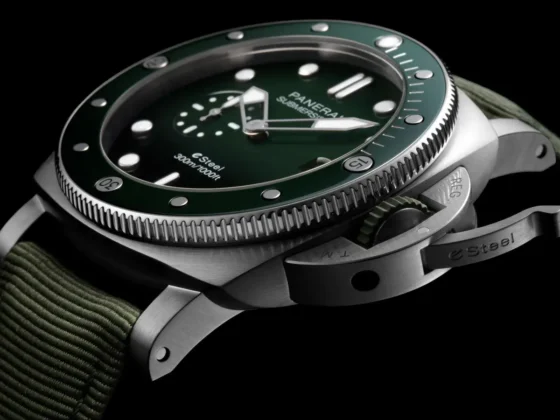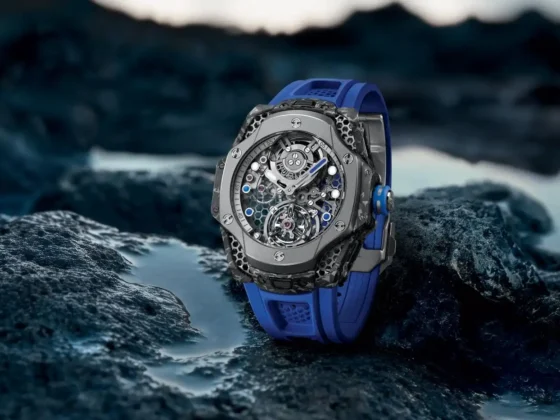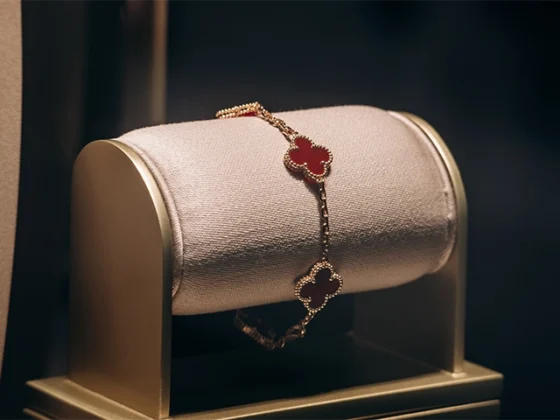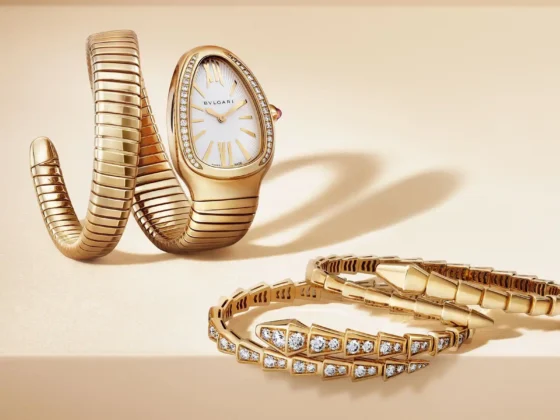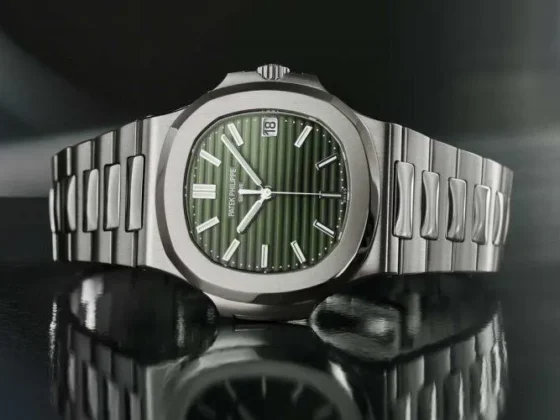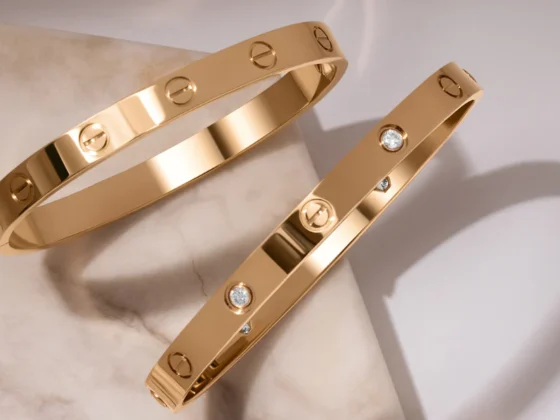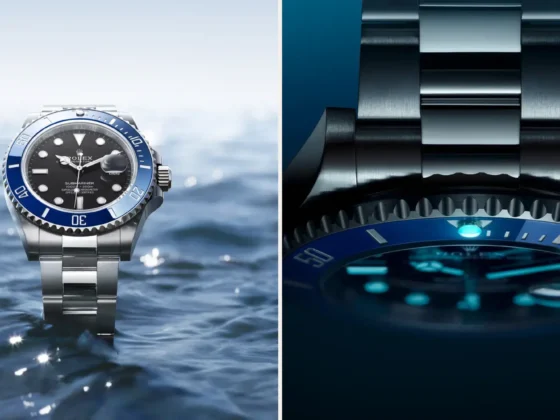Few brands in the world of luxury watches are as synonymous with innovation and prestige as Rolex. For over a century, this iconic Swiss brand has not only set the standard for precision timekeeping but has also established itself as a symbol of excellence and luxury. In this article, we explore Rolex’s storied journey from its modest beginnings to becoming the most recognizable watch brand globally, focusing on its pivotal innovations in design and engineering that have revolutionized the industry.
The Founding Vision: Hans Wilsdorf’s Dream
Rolex was founded in 1905 by visionary entrepreneur Hans Wilsdorf, who sought to redefine timekeeping through innovation and craftsmanship. Wilsdorf recognized that the wristwatch, then a novelty, could become the future of horology if it were made both reliable and elegant. Rolex’s early efforts focused on improving precision, particularly through the development of highly accurate movements that could stand up to the rigors of daily use.
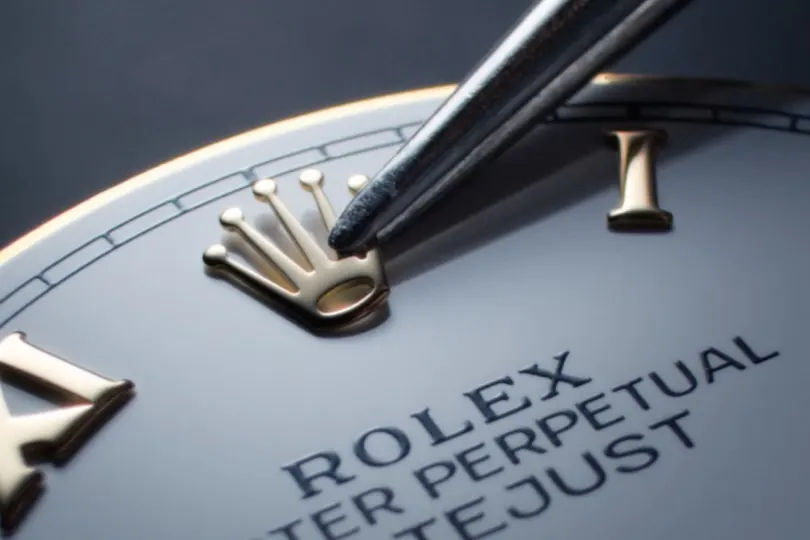
In 1910, Rolex achieved a major breakthrough: the brand was awarded the first-ever chronometer certification for a wristwatch by the Official Watch Rating Centre in Bienne, Switzerland. This certification signaled Rolex’s commitment to precision, a value that would become central to its brand identity.
Pioneering Innovation: The Oyster Case
One of the most defining moments in Rolex’s history came in 1926 with the introduction of the Rolex Oyster, the world’s first waterproof watch. The revolutionary Oyster case, with its hermetically sealed design, protected the movement from dust, moisture, and pressure—making it a reliable companion for explorers and adventurers alike. To demonstrate its efficacy, Rolex arranged for swimmer Mercedes Gleitze to wear the watch during her historic 10-hour swim across the English Channel, emerging with the timepiece still in perfect working order.
The Oyster case cemented Rolex’s reputation as an innovator and set a new benchmark for durability in wristwatches. This design laid the foundation for many future developments and became a signature feature in nearly all of the brand’s collections.
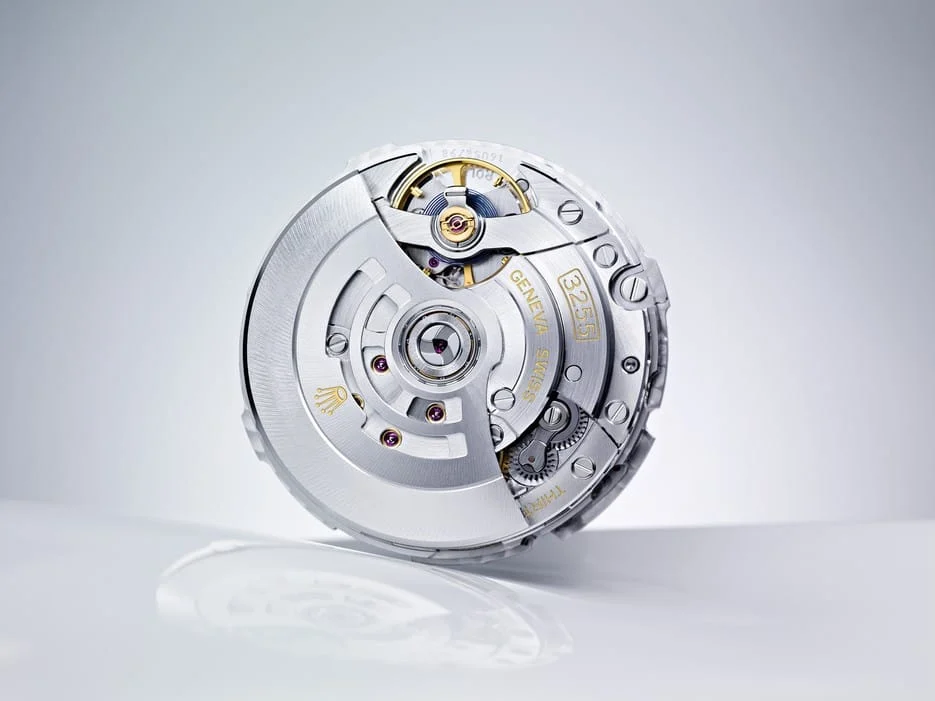
Precision and Durability: The Perpetual Movement
In 1931, Rolex further cemented its leadership in watchmaking with the invention of the Perpetual movement, the first self-winding mechanism. Powered by the wearer’s wrist movements, this automatic movement eliminated the need for manual winding while ensuring a consistent and precise timekeeping experience.
This innovation marked a turning point for the industry and reinforced Rolex’s reputation for both precision and convenience. The Perpetual movement became another hallmark of the brand’s dedication to combining cutting-edge technology with timeless design.
Rolex and Exploration: The Submariner and Explorer
Rolex’s commitment to excellence extends beyond innovation—it also played a significant role in the brand’s alignment with explorers, adventurers, and pioneers in various fields. Two watches, in particular, emerged as symbols of this partnership: the Rolex Submariner and the Rolex Explorer.
Launched in 1953, the Submariner was the first watch designed specifically for divers. Waterproof to depths of 100 meters, it quickly became the go-to watch for professional divers and has since become a cultural icon, often regarded as the quintessential luxury sports watch.
In the same year, the Rolex Explorer was introduced to celebrate Sir Edmund Hillary and Tenzing Norgay’s successful ascent of Mount Everest. Built to withstand extreme conditions, the Explorer became a symbol of human endurance and adventure. These two models reinforced Rolex’s commitment to crafting timepieces that could thrive in the world’s harshest environments, without compromising on style or precision.
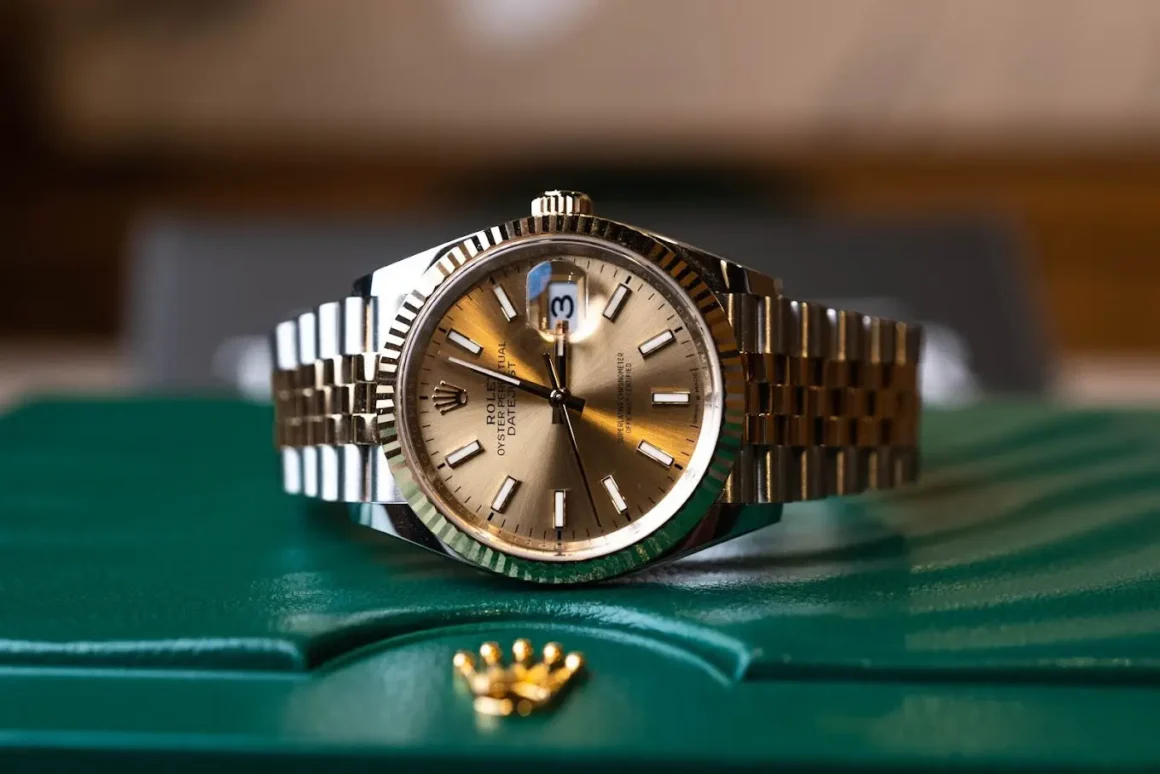
Cultural Milestones and Iconic Designs
As Rolex continued to innovate technically, it also made significant strides in design and style, contributing to the cultural cachet the brand enjoys today. The Day-Date, introduced in 1956, was the first wristwatch to display both the date and the day of the week spelled out in full. Known as the “President” watch due to its popularity among world leaders, the Day-Date exemplifies Rolex’s status as a symbol of power and prestige.
The Rolex Cosmograph Daytona, released in 1963, is another testament to the brand’s ability to marry technical performance with cultural resonance. Initially designed for professional racing drivers, the Daytona gained iconic status thanks to its association with actor and racecar enthusiast Paul Newman. Today, vintage Daytonas are some of the most sought-after and valuable watches in the world.
Modern Mastery: Rolex in the 21st Century
In the 21st century, Rolex continues to innovate while maintaining its connection to its rich heritage. The brand’s commitment to precision is still evident in its use of Superlative Chronometer Certification, which guarantees a watch’s accuracy to within -2/+2 seconds per day—far exceeding industry standards.
Rolex has also made significant strides in sustainability, a key concern for modern consumers. The brand has invested heavily in ethical sourcing and sustainable manufacturing practices, ensuring that it continues to lead the industry not only in technical innovation but also in environmental responsibility.
The Rolex Legacy: Enduring Symbolism and Craftsmanship
From the pioneering Oyster case to the Perpetual movement and beyond, Rolex’s legacy is built on a foundation of innovation, precision, and durability. Today, Rolex remains the benchmark against which all luxury watches are measured, known for its ability to balance tradition with innovation. It’s a brand that transcends trends, standing as a timeless symbol of luxury and success.
For collectors and enthusiasts, Rolex represents much more than a timepiece—it is a piece of history, a feat of engineering, and an investment in enduring quality. Whether worn by adventurers conquering new frontiers or by leaders at the highest levels of power, Rolex watches embody a century of mastery in horology.


